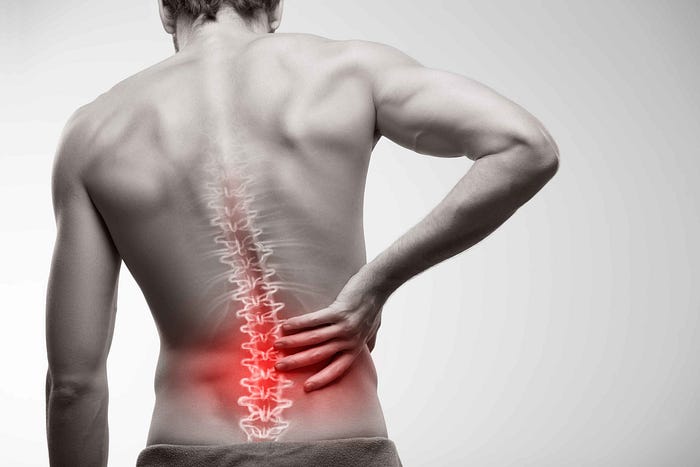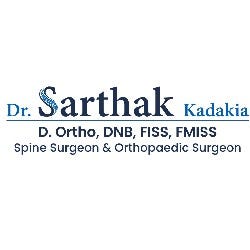Understanding Acute Low Back Pain: Causes, Symptoms & Treatment
“I just bent down to pick something up — and suddenly my back gave out!”
If this sounds familiar, you might be experiencing Acute Low Back Pain, one of the most common health complaints among adults across the globe. The good news? With the right care and timely treatment, most people recover quickly and fully.

What is Acute Low Back Pain?
Acute low back pain refers to sudden pain in the lower back, usually lasting from a few days up to six weeks. It often comes on quickly — after lifting something heavy, twisting awkwardly, or even without a clear cause.
Causes of Acute Low Back Pain
Most cases are mechanical in nature, meaning they result from strain or stress on the muscles, ligaments, or joints of the spine.
Common causes include:
Muscle or ligament strain.
Herniated or slipped discs.
Poor posture.
Heavy lifting or improper bending.
Sudden awkward movements.
Sports injuries or falls.
Prolonged sitting or driving.
In most cases, it is not due to serious disease, although in rare cases it could be a sign of something more significant.
Symptoms of Acute Low Back Pain
Sharp or stabbing pain in the lower back.
Pain that worsens with movement, lifting, or bending.
Stiffness or reduced flexibility.
Muscle spasms.
Pain radiating to the hips or buttocks (rarely down the leg).
If your back pain is accompanied by numbness, tingling, leg weakness, or loss of bladder/bowel control, you should seek immediate medical attention.
How is Acute Low Back Pain Diagnosed?
A physical examination by a doctor — along with a medical history — is usually enough to diagnose the condition. Imaging (like X-rays or MRI) is only recommended if:
Pain persists beyond 6 weeks.
There are signs of nerve involvement.
There is suspicion of a more serious cause (infection, fracture, cancer, etc.)
Treatment for Acute Low Back Pain :
Most people recover without the need for surgery. The focus is on pain relief and gradual return to activity.
Non-Surgical Treatment Includes:
Rest (but not too much) :
Short rest for 1–2 days, then gradual movement.
Heat/Ice Therapy :
Ice in the first 48 hours, then heat to relieve tension.
Pain Relievers :
NSAIDs like ibuprofen or muscle relaxants as prescribed.
Physical Therapy :
Stretching and strengthening exercises tailored to your spine.
Posture Correction :
Ergonomic improvements at work/home.
Avoid:
Prolonged bed rest.
Heavy lifting.
Ignoring the pain or pushing through intense activities.
Preventing Future Back PainMaintain a healthy weight
Strengthen core muscles.
Practice safe lifting techniques.
Use ergonomic furniture.
Take frequent breaks during prolonged sitting or driving.
Stay active with regular walking, yoga, or stretching.
When to See a Specialist?
You should consult a spine specialist or orthopedic doctor if:
Pain is severe and sudden.
There’s no improvement within 7–10 days.
Pain radiates to the legs or feet.
You have a history of cancer, osteoporosis, or recent trauma.
There’s numbness, tingling, or weakness in the legs.

Contact us:-
Best Spine Surgeon in Mumbai — Dr. Sarthak Kadakia
Contact : 9701549701
Address : Shimpoli, Borivali West, Mumbai, Maharashtra 400092
Website : https://drsarthakkadakiaspine.com/
Email : drsarthakkadakia@gmail.com

Comments
Post a Comment